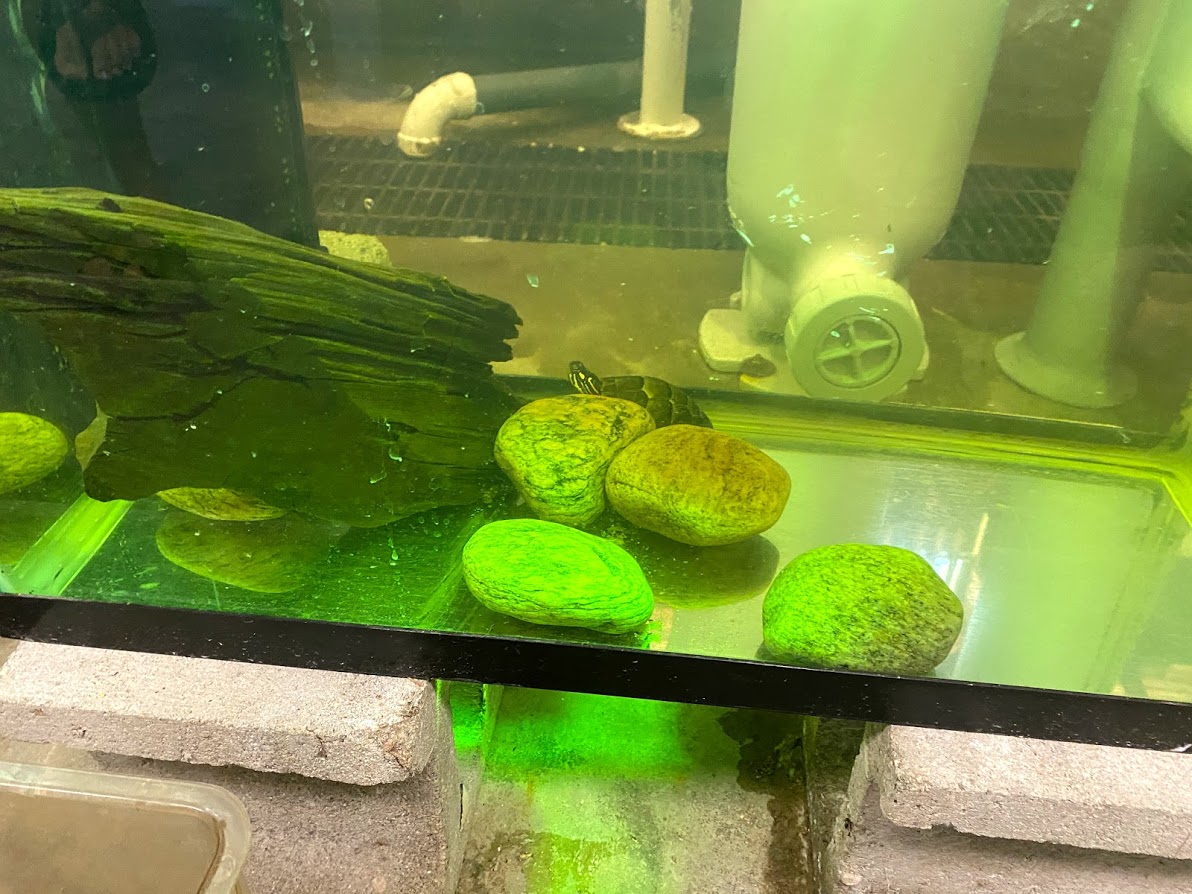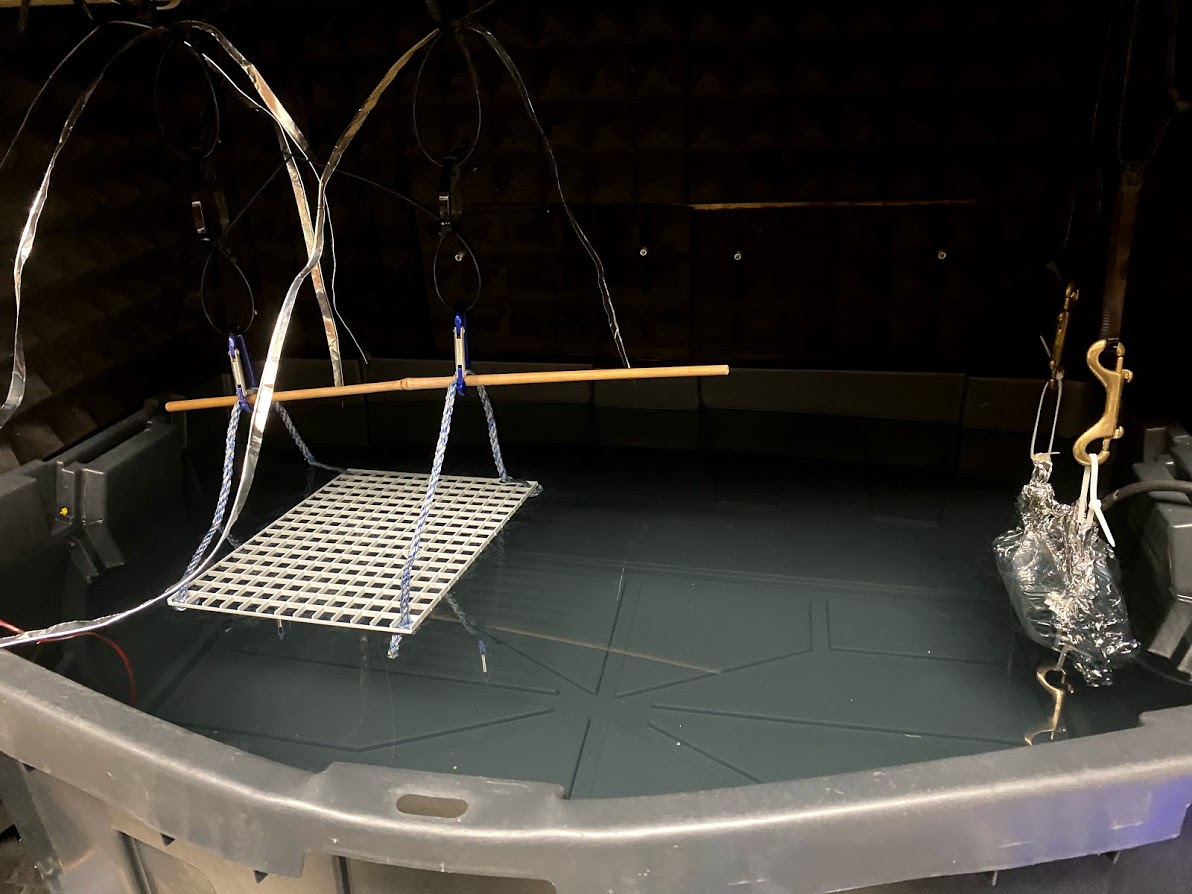Turtle Hearing and Noise Impacts
Cues and signals
Ocean sound is a major cue for marine organisms. Sound travels farther and faster than in air, rendering it more effective than visual and chemical cues over long distances. Some turtle species produce sounds, but little is known about their hearing capabilities. Much of our current knowledge of turtle hearing comes from anatomical models, which suggest some species hear lower frequencies. Lab experiments have showed that turtle hatchlings use wave-sound to orient themselves towards the ocean, but many questions about how sound is used as a sensory cue.
Our lab is using a technique, termed Auditory Evoked Potential, to measure turtle’s brain response to sounds at different frequencies and intensities. From these, we can determine the range of sounds these animals hear, and in turn, incorporate the results into a wider biological significance. For example, is sound used for communication, locating nesting site, and/or predator prey detection. Additionally, we can use these data to inform policy makers about whether sea turtles can hear boat noise, and use sound as an aversion technique.


